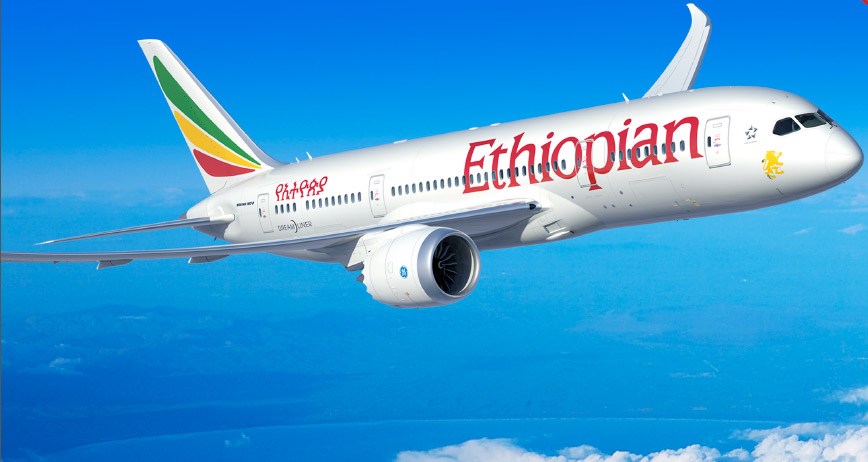
The International Air Transport Association, IATA, on Friday said airlines from Sub-Saharan Africa had zero passenger fatalities in 2016.
A breakdown of the jet hull loss rates by region of operator (per million departures), according to IATA, shows that while the sub-Saharan African Region recorded no fatalities in 2016, it recorded 2.50 between 2011 and 2015; Asia Pacific Region recorded 0.38 in 2016, having recorded 0.42 between 2011 and 2015.
Meanwhile, European Region recorded 0.27 in 2016, and 0.12 between 2011 and 2015; Latin America/Caribbean Region 0.79 in 2016, and 0.63 between 2011 and 2015.
In the same vein, the Middle East/North Africa Region recorded 2.49 in 2016, while it had 0.72 between 2011 and 2015; and North America Region recorded 0.31 in 2016, and 0.17 between 2011 and 2015.
The IATA report noted that sub-Saharan African had its best safety performance in the last decade in the year under review.
In a release posted on the organisation’s website for the 2016 safety performance of commercial airline industry on Friday, IATA disclosed that the region however recorded one non-fatal turboprop hull loss.
According to IATA’s Director-General, Alexandre de Juniac, the all accident rate was 2.30 per one million departures, compared to 9.73 for the previous five years.
Mr. de Juniac said the sub-continent also saw continued improvement in turboprop safety, with a turboprop hull loss rate of 1.56, which is 85 per cent lower than its 2011-2015 yearly average.
“Sub-Saharan airlines delivered a very strong performance in 2016. But we must not rest on this success. Safety is earned every day,” he said.
“African nations should maintain this strong momentum by making Issa and the IATA Standard Safety Assessment (for those carriers that are not eligible for IOSA) part of their airline certification process.
“Regional governments also need to accelerate the implementation of ICAO’s safety-related standards and recommended practices (SARPS).”
The IATA boss said that as of year-end 2016, only 22 African countries had at least 60 per cent SARPS implementation, noting that the 33 sub-Saharan airlines on the IOSA registry performed nearly twice as well as non-IOSA airlines in 2016 in terms of all accidents.
He maintained that they also performed 7.5 times better than non-issue operators in the 2012-2016 period.
Mr. de Juniac said the all-accident rate around the world, which was measured in accidents per 1 million flights, was 1.61 percent, an improvement from 1.79 percent in 2015.
He noted that the 2016 major-jet-accident rate, measured in hull losses per 1 million flights, was 0.39, which was the equivalent of one major accident for every 2.56 million flights.
“This was not as good as the rate of 0.32 achieved in 2015 and was also above the five-year rate (2011-2015) of 0.36,” Mr. de Juniac said.
“There were 10 fatal accidents with 268 fatalities. This compares with an average of 13.4 fatal accidents and 371 fatalities per year in the previous five-year period (2011-2015),” he added.
The IATA boss also disclosed that the number of total accidents, fatal accidents and fatalities all declined versus the five-year average, which, according to him, showed that aviation continues to become safer.
“We did take a step back on some key parameters from the exceptional performance of 2015; however, flying is still the safest form of long distance travel. And safety remains the top priority of all involved in aviation,” he said.
PremiumTimes
END

Be the first to comment